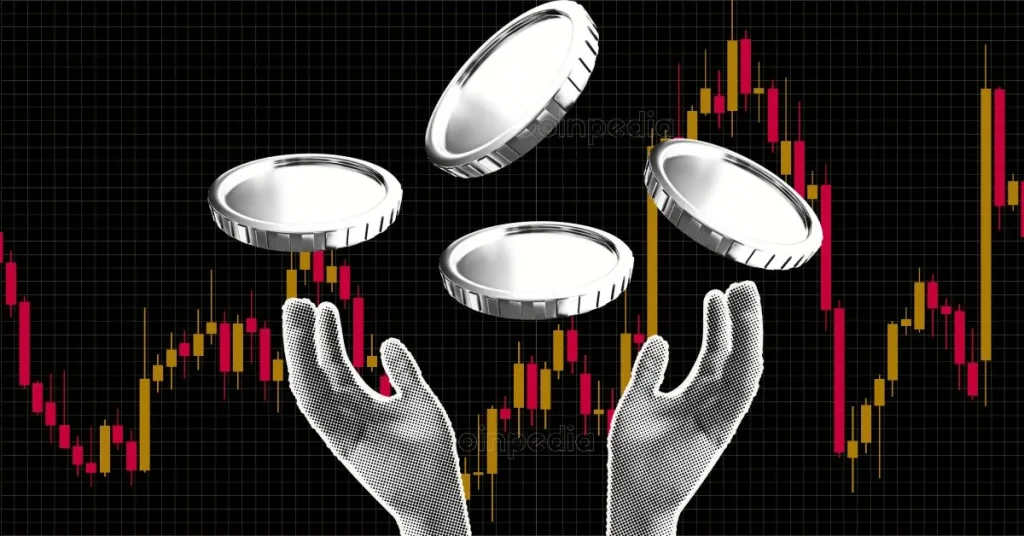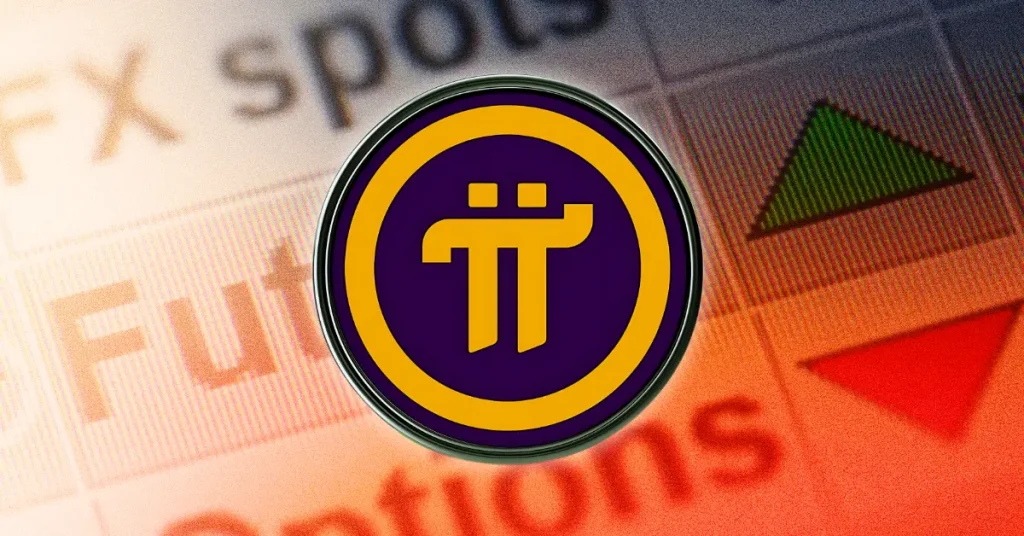
The post Here’s When Altcoins Like XRP, ADA and DOGE Will Rally appeared first on Coinpedia Fintech News
The crypto market is consolidating after a strong rally earlier this week, with Bitcoin holding above $94,000.
Although some altcoins experienced a pullback during the market-wide corrections, Dogecoin, Solana and ONDO have stood out with impressive gains. DOGE is up over 3%, while SOL and ONDO are up over 3% and 11% respectively. XRP and ADA have also posted gains of over 6% and 16%, respectively, over the past week, showing strong potential.
Analyst Ash crypto believes that an altcoin season is coming, citing several key indicators. In his latest analysis, he said that the altcoin market cap is bouncing back from the $835 billion support level, like it did in Q1 and Q4 of November, likely setting the stage for another rally.
Historical data shows that similar market set ups in March and November 2024 have led to successful altcoin seasons. This could mean that the Q2 2025 could be a promising period for altcoins.
Macroeconomic Factors Show Positive Signs
Furthermore, altcoins outside the top 10 are currently leading the charge, a trend seen in previous rallies. The macroeconomic sentiments are further supporting the bullish outlook. The three month tariff pause and the ongoing negotiations are making room for growth.
With the Quantitative Tightening (QT) easing, there could be potential Fed rate cuts that could fuel altcoin growth. Besides, multiple altcoin ETFs have been filed and the approvals could further boost altcoins.
Analyst Michaël van de Poppe also shared that crypto just had its longest bear market, and now a huge bull run is likely starting, with altcoins set for massive gains.
The CMC Altcoin Season Index is currently at 15 which shows that Bitcoin is still dominating the market with 63.5% of the market share. The crypto fear and greed index currently stands at 52, signaling a neutral sentiment among investors.




